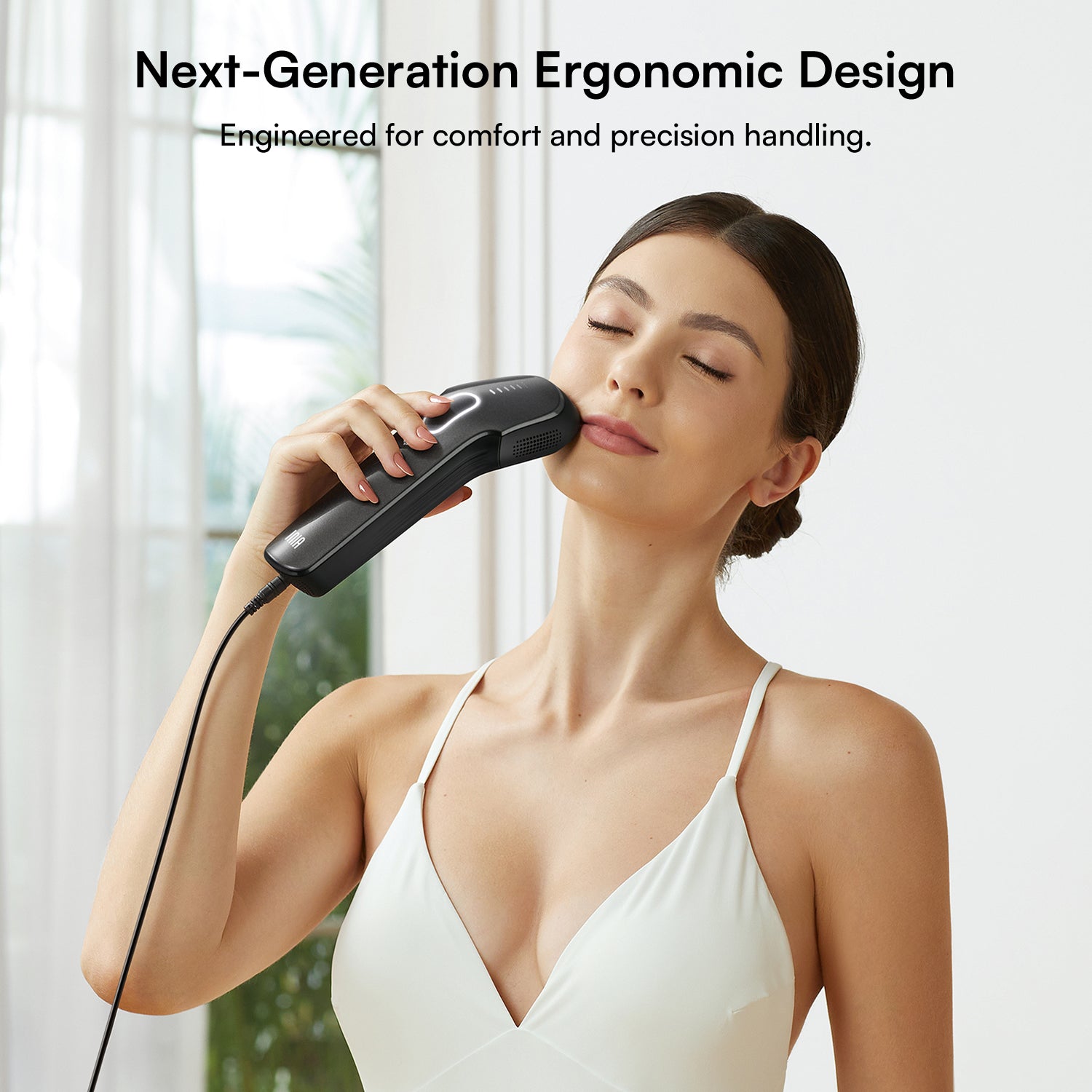Discover the Secret to Silky Smooth Skin: Unveiling the World of IPL Hair Removal Devices
In recent years, IPL hair removal devices have surged in popularity, revolutionizing the way we approach hair removal in the comfort of our homes. IPL, or Intense Pulsed Light technology, offers an innovative solution that promises not only convenience but also long-lasting results. With the beauty and personal care industry evolving rapidly, many individuals are turning to these devices as a practical alternative to traditional methods like shaving or waxing. This article aims to delve into the fascinating technology behind IPL, explore its numerous benefits, and categorize the various types of IPL hair removal devices available on the market today.

Understanding IPL Technology
At the heart of IPL hair removal is the science of Intense Pulsed Light, a technology that utilizes a broad spectrum of light wavelengths to target hair follicles. Unlike traditional laser hair removal, which uses a single wavelength, IPL emits multiple wavelengths, making it effective for a wider range of hair colors and skin tones. The light energy produced by the device is absorbed by the melanin (the pigment in hair) within the hair follicle, leading to its destruction without damaging the surrounding skin.
The mechanism is relatively straightforward: when the light is applied to the skin, it penetrates the outer layer and is absorbed by the darker hair follicles, converting into heat. This heat then inhibits future hair growth. It’s essential to note that IPL is most effective on individuals with light skin and dark hair, as the contrast allows the device to target the follicles more effectively. However, advancements in technology have led to the development of devices that can cater to a broader spectrum of skin types. Understanding how IPL works compared to other hair removal methods such as waxing, shaving, or electrolysis makes it clear why many are opting for this innovative approach.
Benefits of Using IPL Hair Removal Devices
The advantages of using IPL hair removal devices are numerous, making them an attractive option for many people. One of the most significant benefits is the potential for long-term hair reduction. With regular use, many individuals report a noticeable decrease in hair growth, making it a cost-effective alternative to frequent salon visits for waxing or professional laser treatments.
Convenience is another major factor. Unlike salon treatments, which can be time-consuming and require appointments, IPL devices can be used at home, allowing users to fit hair removal into their schedules. This flexibility is particularly appealing for those with busy lifestyles. Additionally, IPL devices are generally safe and easy to use, with many models featuring built-in skin tone sensors that ensure the device is suitable for the user’s skin type.
Moreover, IPL technology is versatile; it can be used on various body parts, including legs, arms, underarms, and even the bikini area. Many friends of mine who have tried IPL devices have shared their satisfaction with the results, noting that they appreciate not having to worry about stubble or the discomfort associated with waxing.
Types of IPL Hair Removal Devices
When it comes to IPL hair removal devices, there are several types available on the market, each designed to cater to different needs and preferences. Handheld devices for home use are among the most popular options. These compact devices are user-friendly and often come with various intensity settings, allowing users to customize their experience based on their comfort level. They are particularly suited for beginners who may be unsure about the process.
On the other hand, professional-grade IPL devices are typically used in salons and clinics. These machines are more powerful and designed for quicker results, making them ideal for those looking for immediate effects. However, they come with a higher cost and generally require a trained professional to operate.
When choosing an IPL device, consumers should consider several features, including the size of the treatment window, the number of flashes, and additional features such as skin tone sensors and cooling mechanisms. These considerations can significantly impact the effectiveness and comfort of the treatment, ensuring users have a positive experience.
How to Use IPL Hair Removal Devices Safely and Effectively
To achieve optimal results with IPL hair removal devices, it’s crucial to follow specific guidelines for safe and effective use. Before starting treatment, users should prepare the skin by shaving the area to be treated, as this allows the light to penetrate the hair follicle without interference from surface hair. It’s also essential to ensure the skin is clean and dry, free from lotions or oils.
During application, users should follow the manufacturer’s instructions, applying the device slowly and methodically across the skin. Many devices come with safety features that prevent accidental flashes, so it’s important to familiarize oneself with these before use. After treatment, applying a soothing lotion can help calm any potential redness or irritation. Regular treatments are key, as consistency is vital for achieving the desired results.
Final Thoughts on IPL Hair Removal
In summary, IPL hair removal devices represent a significant advancement in personal grooming, offering a blend of convenience, effectiveness, and long-term results. With a deeper understanding of the technology, benefits, and types of devices available, individuals can make informed decisions about their hair removal options. As more people discover the advantages of using IPL devices, it’s clear that this technology is a viable choice for anyone seeking silky smooth skin without the hassle of traditional methods. If you're considering a change in your hair removal routine, exploring IPL technology might just be the key to achieving the results you desire.








